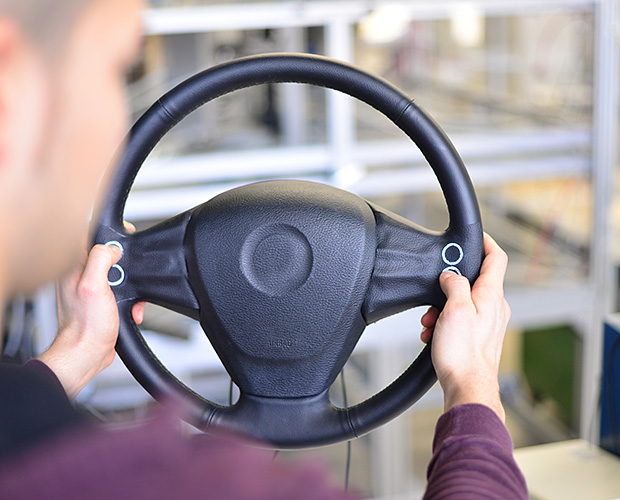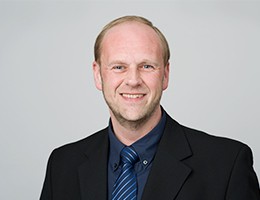
Sensors and actuators are interdisciplinary key technologies in many areas of daily life. The Fraunhofer ISC, in particular its Center Smart Materials and Adaptive Systems CeSMA and the Optics and Electronics group, engage intensively in this research area which holds the promise of major economic and societal opportunities.
Our novel sensor and actuator solutions enable new functionalities, product designs and operating concepts which broaden application options in automotive, machinery and plant engineering, health and sports medicine, or in the textiles industry.
Further information
Find out more about the versatile application opportunities of our sensors and actuators, please visit
- Center Smart Materials and Adaptive Systems CeSMA
- International Convention Center for Cultural Heritage Preservation IZKK
Multifunctional 3D printing and bioprinting with functional materials (PDF)


